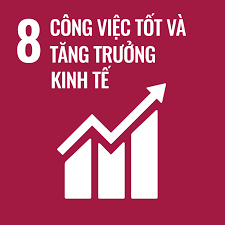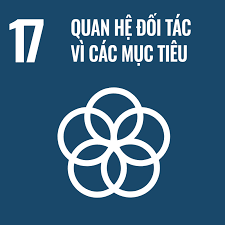CELG Seminar: Comparison of vietnam’s provinces and regions development
.png)
The College of Economics, Law and Government would like to respectfully invite lecturers/researchers to come and share your experiences at the CELG seminar
- Title: Comparison of Vietnam's provinces and regions development
- Presenter: Prof. Almas Heshmati, Jönköping University and UEH Research Fellow
- Time: 14:00,Tuesday, August 13, 2024
- Location: Room A.205, University of Economics Ho Chi Minh city, 59C Nguyen Dinh Chieu, Vo Thi Sau Ward, Dist 3, HCMC
This study investigates economic development in Vietnam using a composite index of development infrastructures at the province level. First, it computes a multidimensional composite index of development infrastructure to rank 63 provinces and 6 regions by their level of infrastructure development during the period 2016–2022. The infrastructure index is composed of 15 components: income generation, production, demography, labour market, finance, environment, social security, transport, land, utilities, housing, education,agriculture, industry and services. Second, provinces and regions are compared by their level of performance and their efficiency compared with the best practiced development infrastructure. Third, the paper estimates the effects of the aggregate infrastructure index and its underlying components on several outcomes including: GDP per capita, income per capita, GDP growth, gross regional product, labour productivity, and retail sales of goods.
Finally, the overall index is regressed on its components conditional on provinces characteristics to estimate their impacts on development. The empirical results suggest that provincial and regional disparities are significant, and allocations of development infrastructure are not balanced between the different provinces and regions. Ho Chi Minh and Ha Noi have the highest ranks and Dien Bien and Lai Chau have the lowest values. Considering the regional development, Dong Nam Bo and Trung Du Va Mien Nui Phía Bac are the highest and lowest regions, respectively. Finally, the provinces and regions efficiency compared with the best practice is computed. The efficiency is in the interval of 1.000 and 0.105 The overall index show that performance of province improved by 29.3% over the period of study.
The estimation results indicate that the environment, finance, transport and industry sectors are among the main contributors to the development infrastructure, while services and agriculture least contributors. One policy implication of these results is that each province should implement a different development plan based on its own geographic, demographic and resource availability characteristics. The central government should improve allocation of resources and location of key industries between poor and rich provinces. The government policy should guide investment to more efficient areas and enhance equal distribution of resources and efficiency in their use. Discussion of the findings is followed by providing policy recommendations for local and central policymakers.
Keywords: Multidimensional index; Composite index; Principal component analysis;Development infrastructure; Vietnamese Provinces and Regions.Statistics, Management Science and the Journal of Development Economics.
About presenter:
Almas Heshmati is Research Fellow at the University of Economics Ho Chi Minh city, Vietnam and Emeritus Professor of Economics at Jönköping University, Sweden. He held Professor of Economics positions at the Sogang University, Korea University, Seoul National University, University of Kurdistan Hawler, and the MTT Agrifood Research (Finland). He was Research Fellow at the World Institute for Development Economics Research (WIDER), The United Nations University during 2001-2004. From 1998 until 2001, he was an Associate Professor of Economics at the Stockholm School of Economics. He has a Ph.D. degree from the University of Gothenburg (1994), where he held a Senior Researcher position until 1998. His research interests include applied microeconomics, globalization, development economics, efficiency, productivity, and growth with applications to agriculture, manufacturing and services, environmental economics, energy economics and well-being. In addition to many scientific journal articles, he has published books on EU Lisbon Process, Global Inequality, East Asian Manufacturing, Chinese Economy, Technology Transfer, Information Technology, Water Resources, Landmines, Power Generation, Renewable Energy,Development Economics, World Values, Poverty, Wellbeing and Economic Growth
To receive CELG seminar information, please fill out this form: https://go.ueh.edu.vn/CELG seminar information

